Take 5
Christine McCormack
As a student at the South Australian School of Art in the early 1970s, Christine McCormack found herself drawn to the otherworldly, black and white lithography of French symbolist Odilon Redon (1840-1916).1 Known for his haunting works on paper, Redon’s imagery evokes the dark subconscious of internal wanderings, bordering the territories between reality and dreams. He wrote, ‘my drawings inspire, they are not to be defined. They place us, as does music, in the ambiguous realm of the undetermined’.2
Motivated by Redon’s ability to make the subconscious visible, McCormack created this series which illustrates the narrative of Persephone, the Greek goddess of vegetation and daughter of Zeus and Demeter. According to Greek mythology, Persephone was abducted by Hades and forced to rule the Underworld with him. This led to severe drought and famine, which continued until the gods of Mount Olympus revealed Persephone’s location and Zeus ordered her release. Hades, however, was cunning and by feeding Persephone pomegranate seeds he lured her back to the Underworld, where she was obliged to spend the winter months of every year from then on, only to return to the gods above in Spring.
The Persephone series by McCormack began as a poem written by the artist before it was illustrated across nine lithographs. The work evokes a dark atmosphere with heads and hands longingly searching for an obscure cosmos, and waxing eyes that slowly emerge from the earth. Paying homage to the melancholic symbolism of Redon’s late nineteenth century works, the series speaks to the plight of Persephone recasting the iconic Greek myth and allowing for renewed and empathetic interpretation.
McCormack created the series using a limestone lithography process. In this method the surface of the stone is ground back in a circular motion until it is smooth. The image is then drawn directly onto the stone using lithographic crayons and inks which give the prints a soft, painterly quality. Rich tonal variations, from velvety black to subtle grey, are created by applying and removing ink with cloths and blades.3 Prior to printing, the stones are laboriously washed and inked, ensuring lighter tones are retained throughout the lithograph’s development. The stones must be kept damp while printing, meaning artists often work quickly to complete editions.4
Eight of the works from the Persephone series are held by FUMA and can be viewed online via the museum’s Online Collections Catalogue.
Madeline Reece
Exhibition and Public Programs Manager (Acting), Flinders University Museum of Art
Adelaide, Australia, 2020
© Flinders University Museum of Art
1 C McCormack, personal correspondence with Madeline Reece, 1 July 2020
2 D Cibelli, R Neginsky, ‘Light and Shadow in the Dream by Odilon Redon’, in Light and Obscurity in Symbolism, Cambridge Scholars Publishing, England, 2016, pg 55
3 ‘Stone Lithography’, Edinburgh Printmakers, accessed online 7 July 2020, <https://www.youtube.com/watch?v=E38B0swb4vo>
4 C McCormack, personal correspondence with Madeline Reece, 1 July 2020
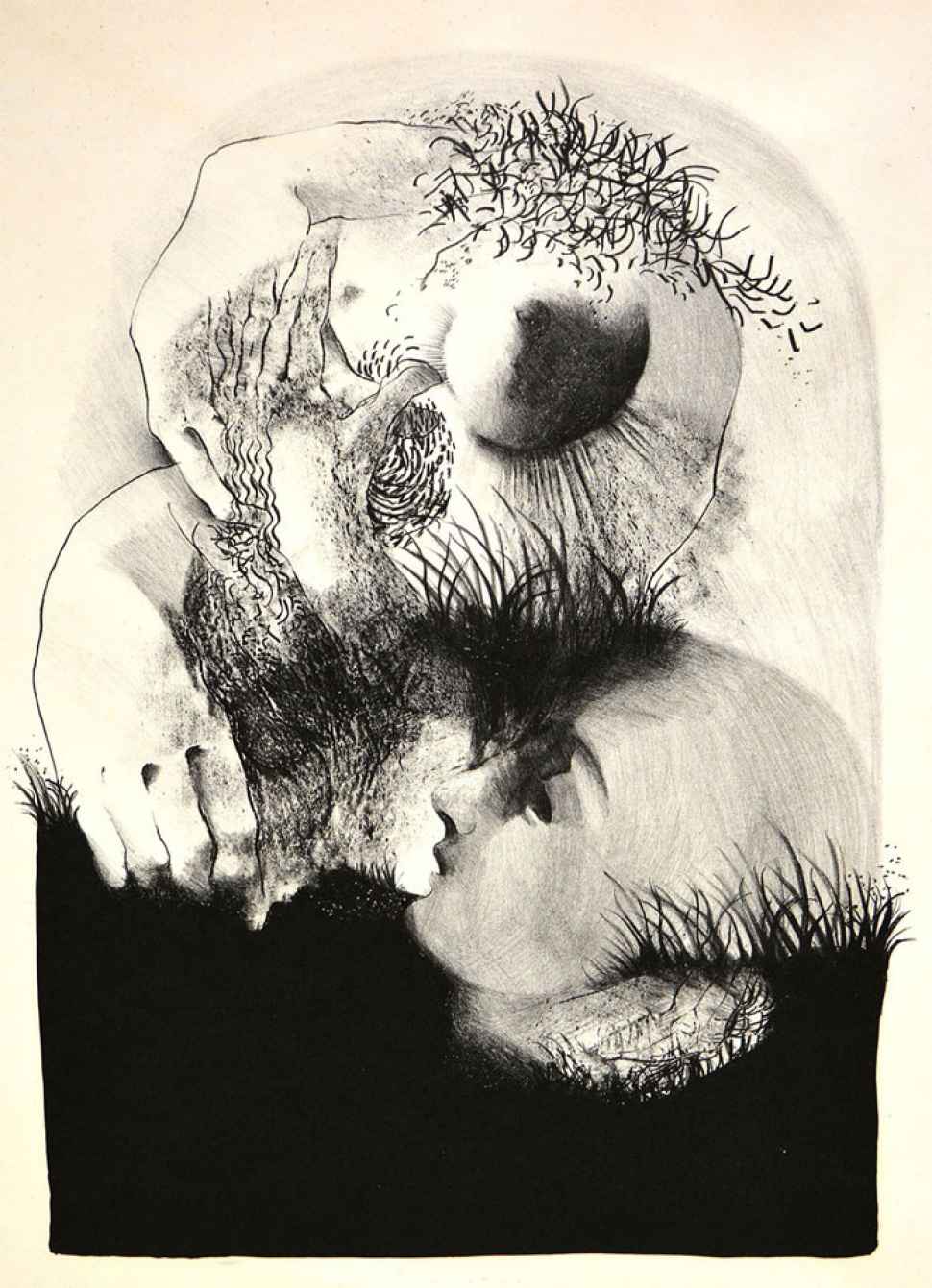
Christine McCormack
Born 1953, Adelaide, South Australia
A day turned to night from the Persephone series 1973
lithograph, ink on paper 70.5 x 52 cm
Union Collection, Flinders University Museum of Art 5247.001 © the artist
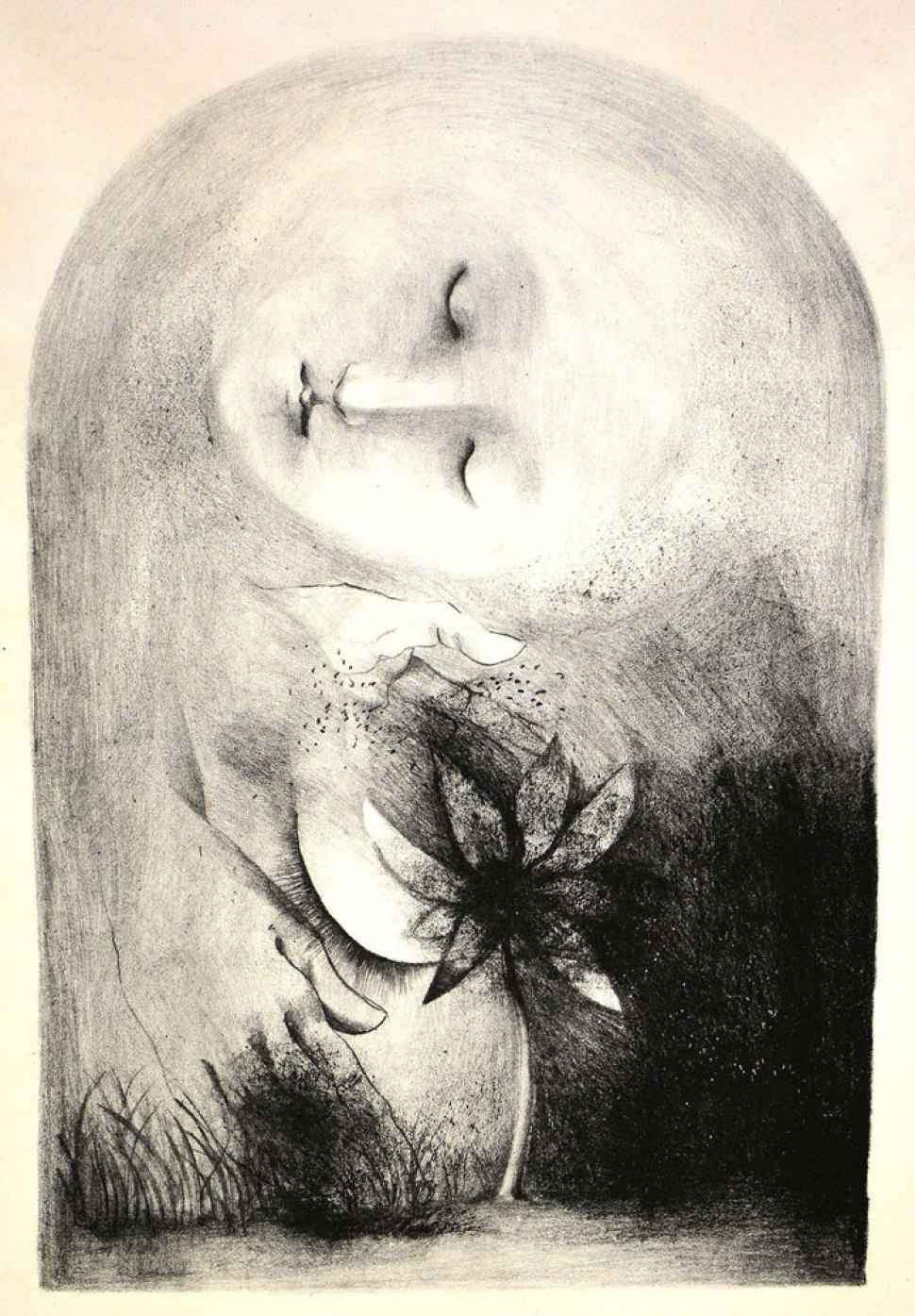
Christine McCormack
Born 1953, Adelaide, South Australia
And down she bent her face so bright from the Persephone series 1973
lithograph, ink on paper 71 x 52.8 cm
Union Collection, Flinders University Museum of Art 5247.002 © the artist

Christine McCormack
Born 1953, Adelaide, South Australia
And all at once are forces freed from the Persephone series 1973
lithograph, ink on paper 67.3 x 48.3 cm
Union Collection, Flinders University Museum of Art 5247.003 © the artist
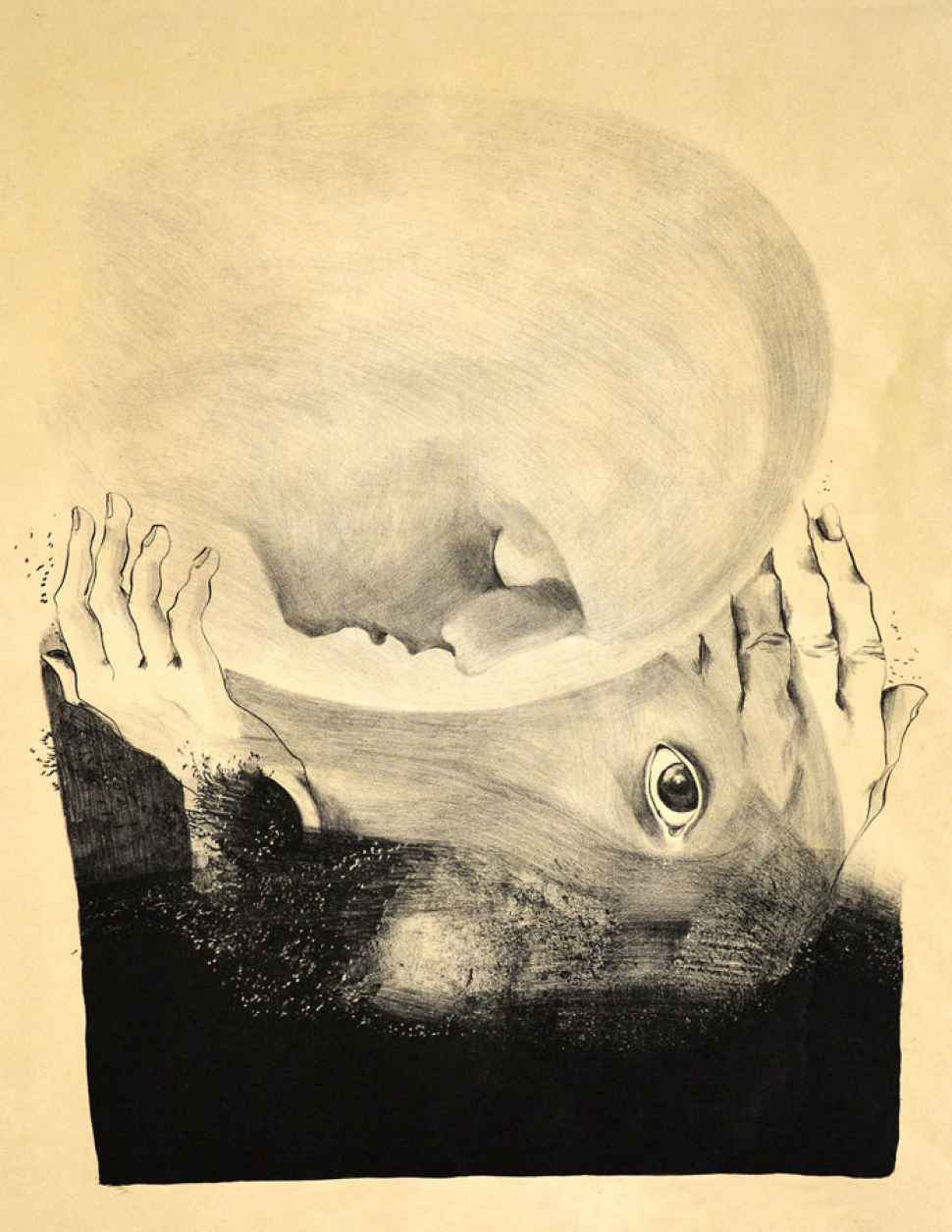
Christine McCormack
Born 1953, Adelaide, South Australia
Of stars that swim while oceans sleep from the Persephone series 1973
lithograph, ink on paper 66.4 x 53 cm
Union Collection, Flinders University Museum of Art 5247.004 © the artist
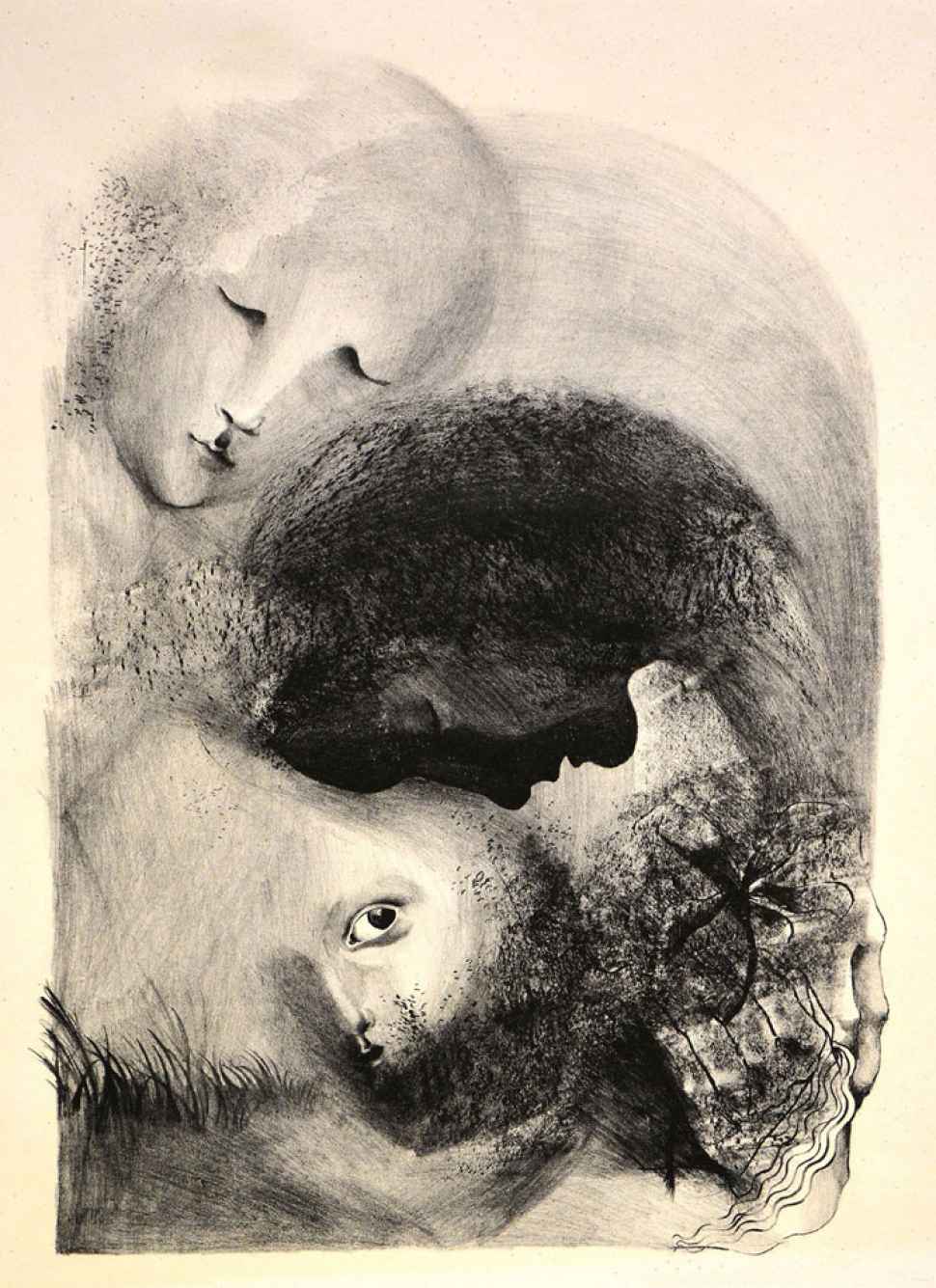
Christine McCormack
Born 1953, Adelaide, South Australia
But even as she plucked the flower from the Persephone series 1973
lithograph, ink on paper 71.5 x 52.8 cm
Union Collection, Flinders University Museum of Art 5247.005 © the artist
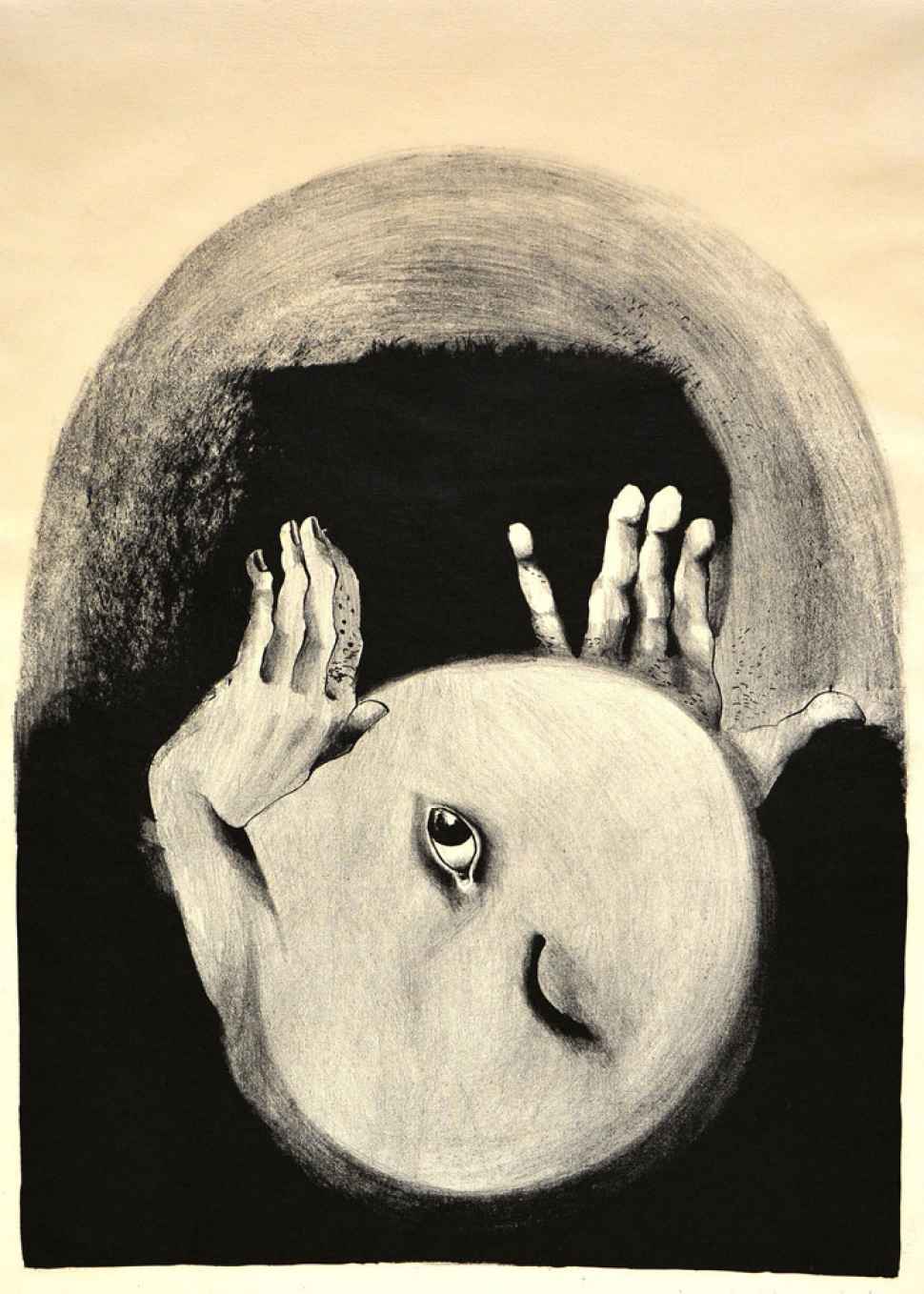
Christine McCormack
Born 1953, Adelaide, South Australia
Untitled from the Persephone series 1973
lithograph, ink on cream paper 66 x 47.5 cm
Union Collection, Flinders University Museum of Art 5247.006 © the artist
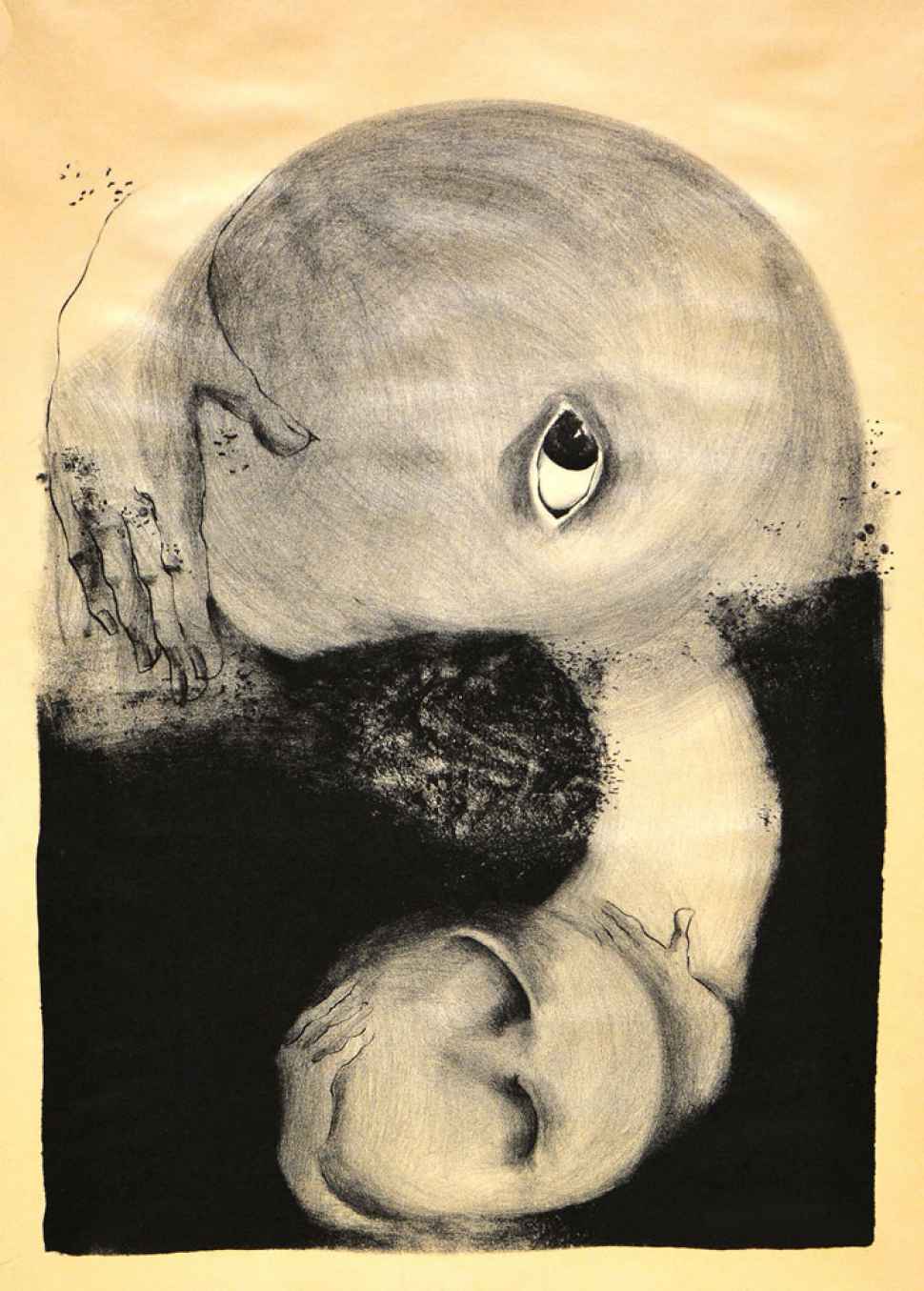
Christine McCormack
Born 1953, Adelaide, South Australia
Germination from the Persephone series 1973
lithograph, ink on cream paper 70 x 56 cm
Union Collection, Flinders University Museum of Art 5247.007 © the artist
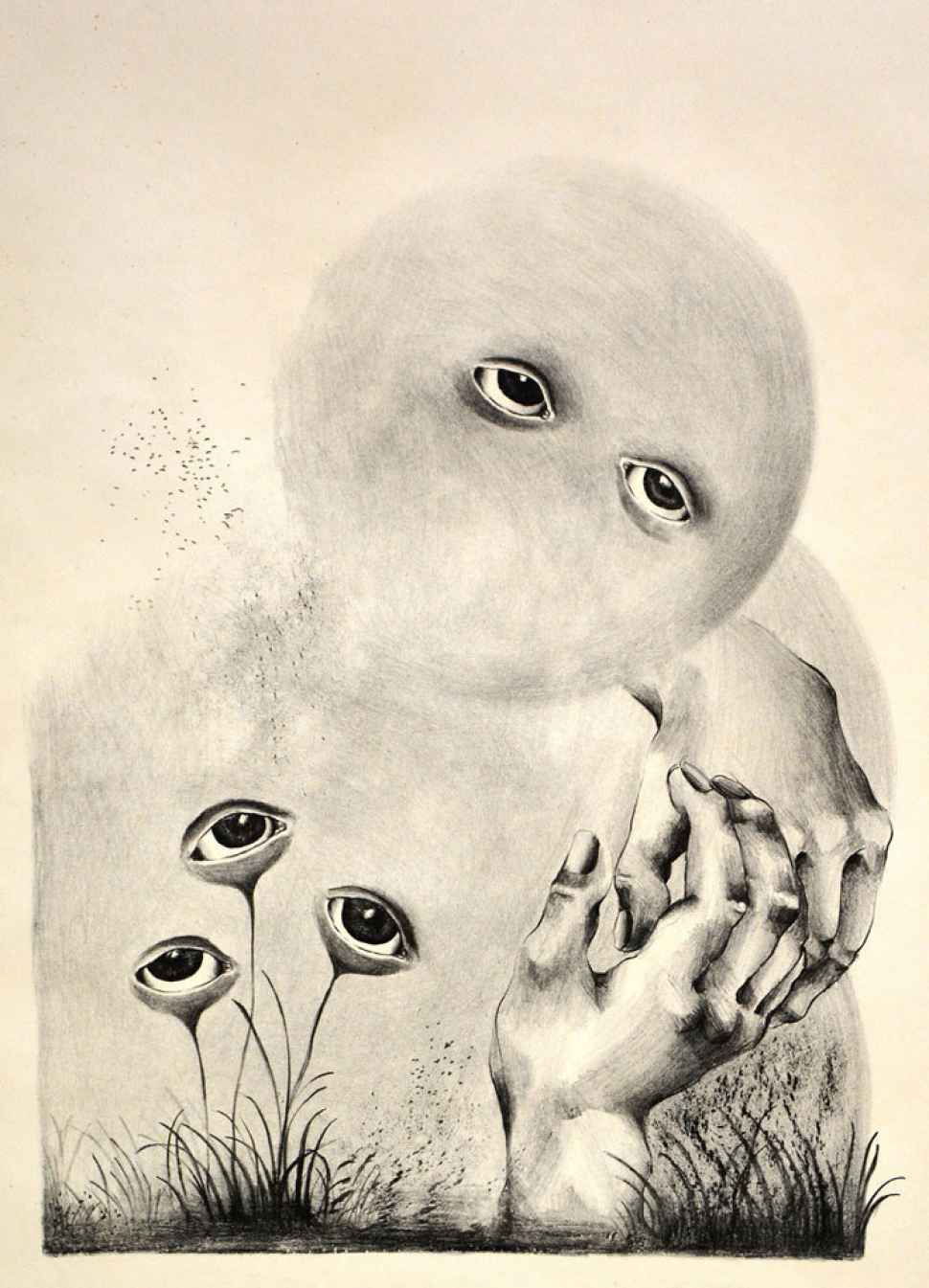
Christine McCormack
Born 1953, Adelaide, South Australia
The stars did fall like stinging tears from the Persephone series 1973
lithograph, ink on paper 69 x 52 cm
Union Collection, Flinders University Museum of Art 5247.008 © the artist
Flinders University Museum of Art
Flinders University I Sturt Road I Bedford Park SA 5042
Located ground floor Social Sciences North building, Humanities Road adjacent carpark 5
Telephone | +61 (08) 8201 2695
Email | museum@flinders.edu.au
Monday to Friday | 10am - 5pm or by appointment
Thursdays | Until 7pm
Closed weekends and public holidays
FREE ENTRY
Flinders University Museum of Art is wheelchair accessible, please contact us for further information.


